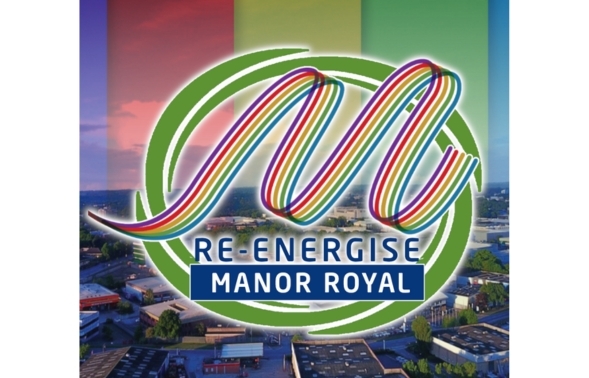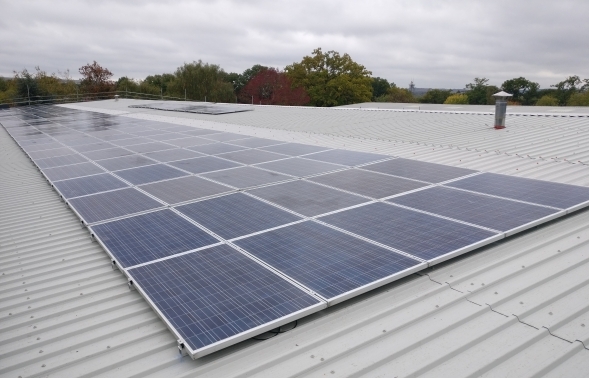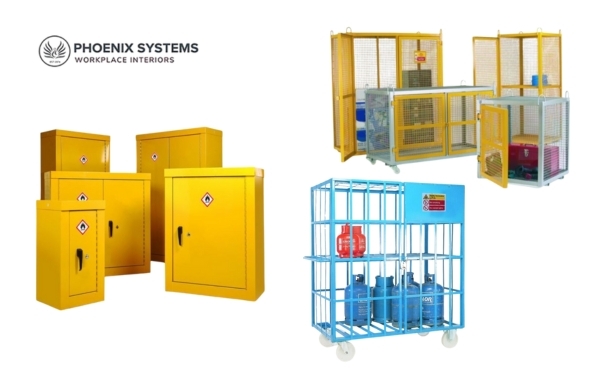What is the process of using solar panels to generate electricity?
* Alternating current (AC).
* Direct current (DC).
In terms of the type of solar panels that are commonly used for commercial and residential purposes, the two most common types are polycrystalline and monocrystalline. These two panels are known for their unique features and how they can generate electricity.
The monocrystalline panels are made of single crystal silicon wafers. These are known for their efficiency, and when sunlight hits these materials, it creates an electric current through the electrons in the silicon. This current is carried through the electrical circuit of the panel.
The output of a solar panel is usually DC, which is used to power devices and batteries. It is then converted into AC through an inverter. Although monocrystalline panels are generally more efficient, they are more expensive.
Unlike monocrystalline panels, the polycrystalline ones have a less uniform structure. When sunlight hits these materials, it creates a photovoltaic effect, which is similar to that of monocrystalline panels. Because of their cost-effectiveness, these panels are a popular choice for residential users.
The advantages of using polycrystalline and monocrystalline solar panels are clear. They are both sustainable and can meet the energy needs of different regions. Understanding their differences is very important when it comes to choosing the right solar power system.
The heart of a solar power system is its photovoltaic modules. These are composed of photovoltaic cells, which convert sunlight into electricity. They are usually mounted on either a roof or in open areas to maximise their exposure to sunlight.
An inverter converts the DC generated by solar panels into AC power. This type of electricity is commonly used in commercial and residential facilities.
MENU



















